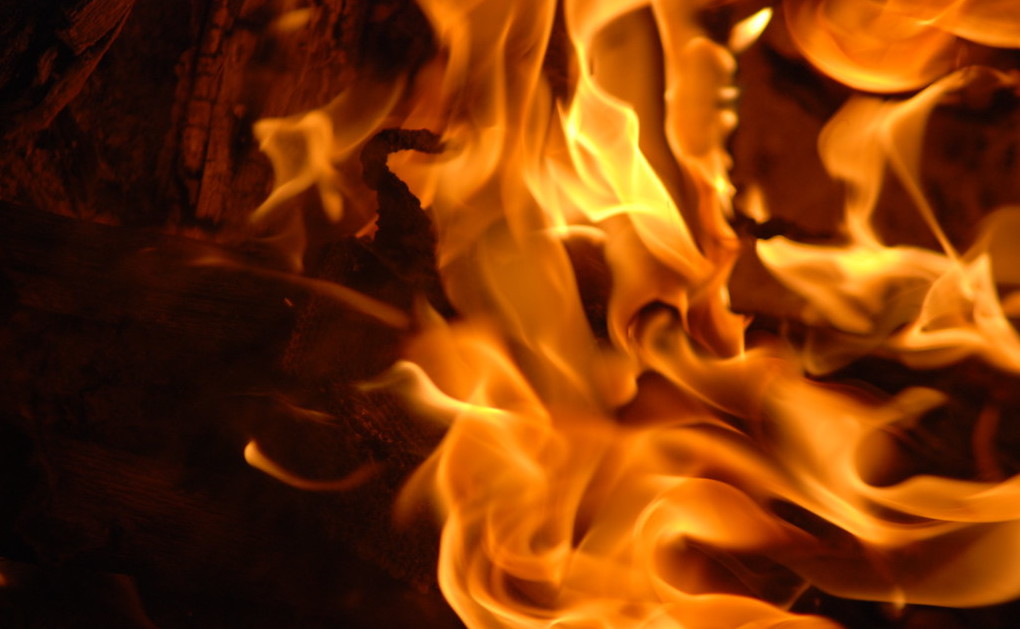Parashat Huqqat (5779 – 2019)
Numbers 19:1 – 22:1
No one can avoid death or hide from death. Death is our fate and the fate of everyone we care about as well as of all those about whom we care not a bit. Death does not care whether we care about it or not, whether we care about those who die, or not. Death is our one certainty.
And death is, for the Torah, the definitive source of ritual impurity. Perhaps this tells us that certainty is death and that it is certainty whence ritual impurity springs.
And what is the opposite of death? The opposite of death must be uncertainty. Life, in all its uncertainty, is the opposite of death. To escape death one must escape, as the great Jewish philosopher, Franz Rosenzweig, said, “into life.” Yet such an escape seems doomed to failure, for no life can defy the certainty of death.
Our Torah portion seeks to find a way out of this trap. It proposes a way to wash away death and death’s impurity and to restore the purity of life. It does this by creating a ritual that engenders uncertainty – a “hoq” – that is, a law that cannot be understood with certainty.
Perhaps we could understand the purifying properties of water, itself. To be immersed in living waters or to pour such waters over one’s self – surely that could serve as a symbol of life washing away death! And, indeed, in most cases of ritual impurity, that is exactly what happens. But when it comes to the most essential example of death – the encounter with a dead human being – the living waters alone are inadequate, just as life itself can never stand up against the finality and certainty of death. Something more is needed.
“Let them take to you a red cow that is perfect, upon whom no yoke has been lifted.” (Num. 19:2) This red cow will be the key ingredient in the Torah’s purifying, death-defying potion. But every detail concerning this ingredient raises questions. Why a gentle cow? Why the bloody color red?
And why, in order to counteract death’s impurity, must we kill this cow that has barely begun to live, that is still perfect, never yet having suffered the bruises and wounds of life, never having been put to work? Why must we end this fledgling life and then reduce it to ashes, throwing in some noble cedar and some humble hyssop and a scarlet thread to join with it in the pyre? And then this ashy mixture of death is placed outside the camp, waiting for the moment when it can be united with the life-giving waters and purify those in need, those still alive and seeking to live in holiness.
How can a ceremony that enacts the all-consuming destruction of life be the means to face down death? Perhaps it works because it attacks death at its one weak point. Death may seem more powerful than life, but death cannot be without life. Death desperately needs life. So perhaps the key to the purifying ritual of the red cow is that it deprives death of all life. It is as if death is suffocated by this outpouring of slaughter and conflagration, the way a fire can be deprived of the oxygen it needs by starting a counter-fire. Perhaps this ceremony can defeat death because, when life is so utterly destroyed, death is starved for life and dies. Perhaps this is so. It is uncertain.
Shabbat Shalom
Rabbi David Greenstein
![]()
Subscribe to Rabbi Greenstein’s weekly d’var Torah
Image: “DSC_2140” by Matthew Brandt is licensed under CC BY-NC-ND 2.0
- Toby Stein: In Memoriam - Thu, Feb 8, 2024
- Faithfulness and Hope: Parashat Sh’lach - Thu, Jun 23, 2022
- Past Their Prime: Parashat B’ha`a lot’kha - Thu, Jun 16, 2022

